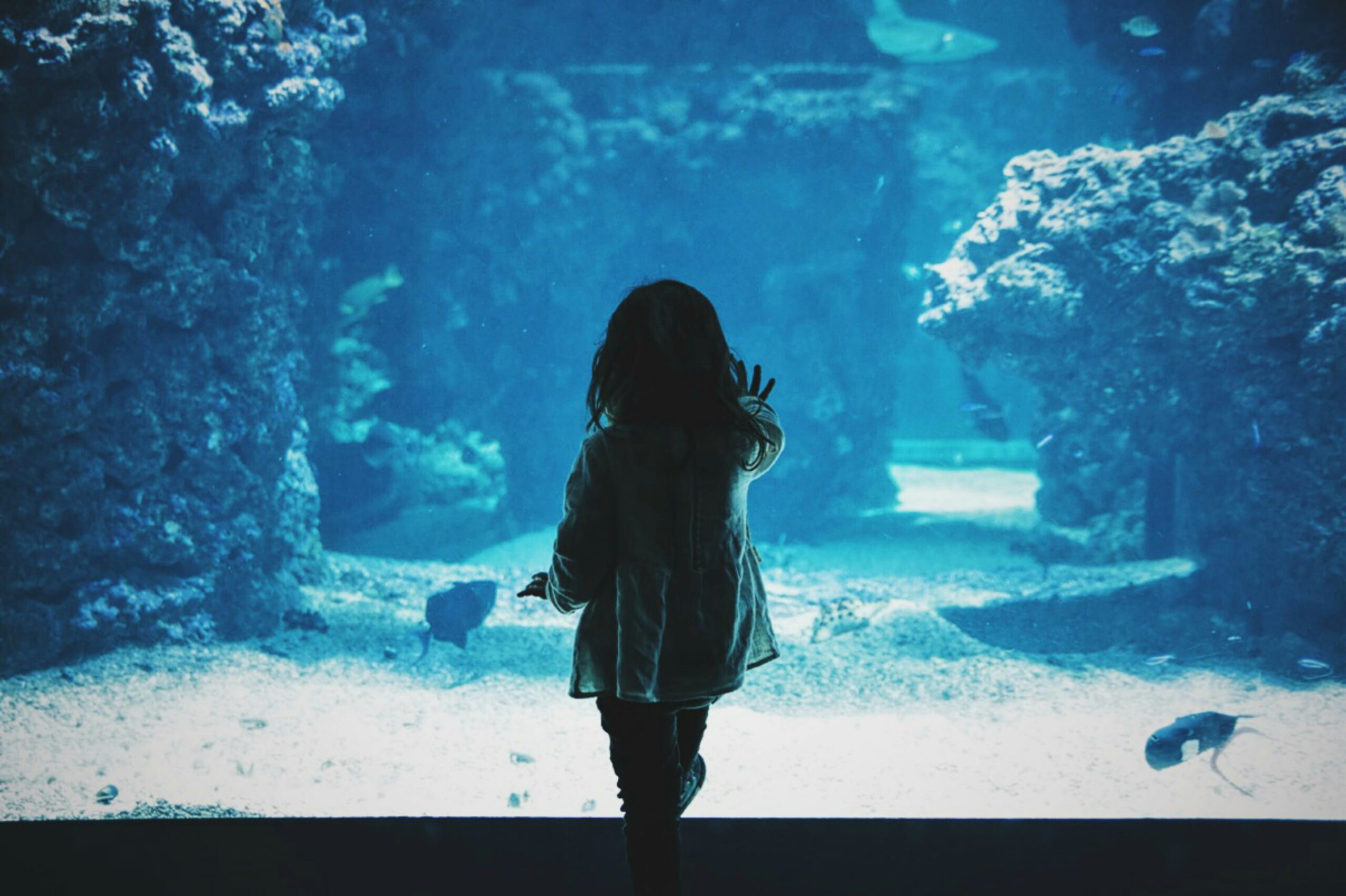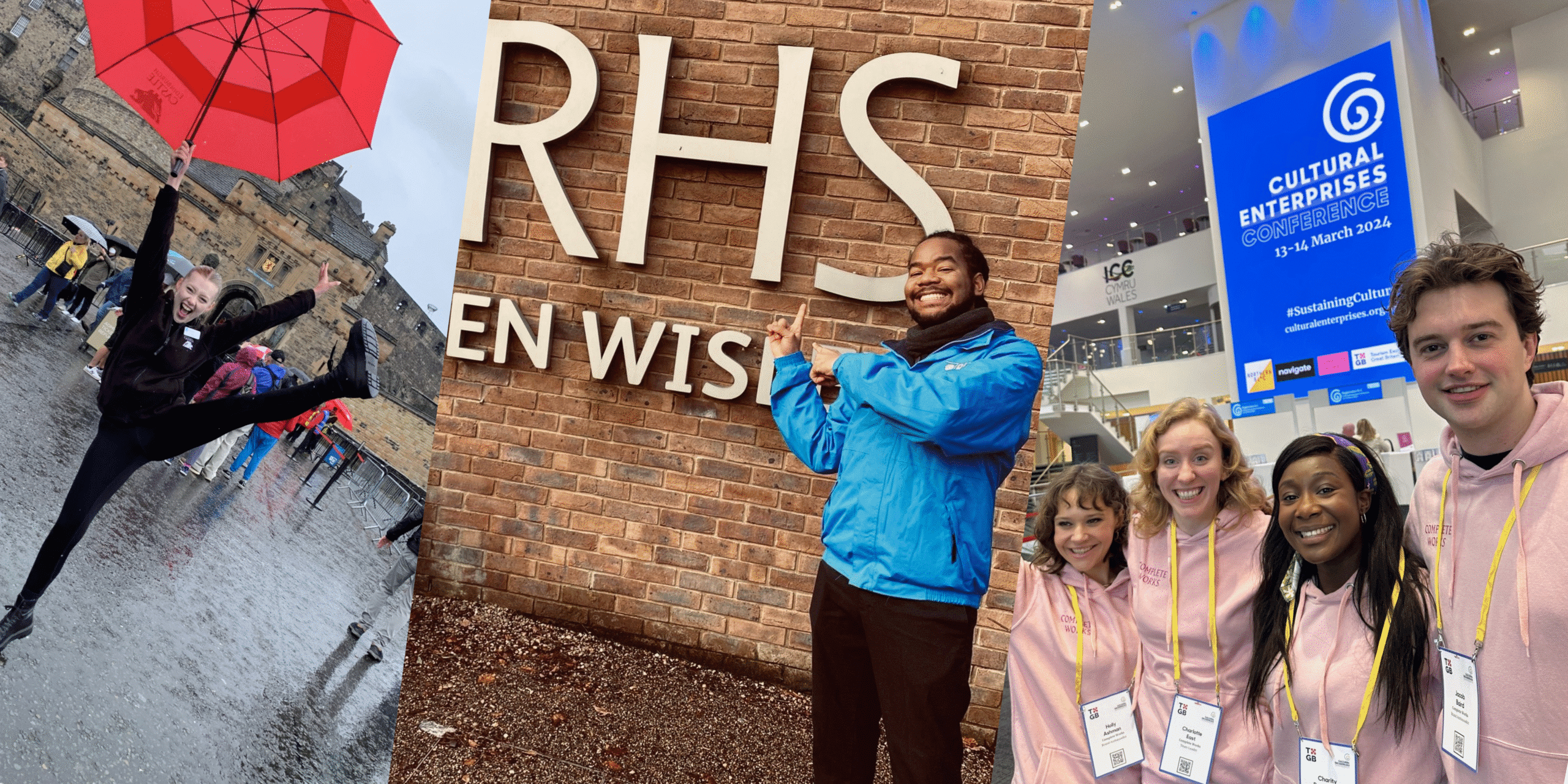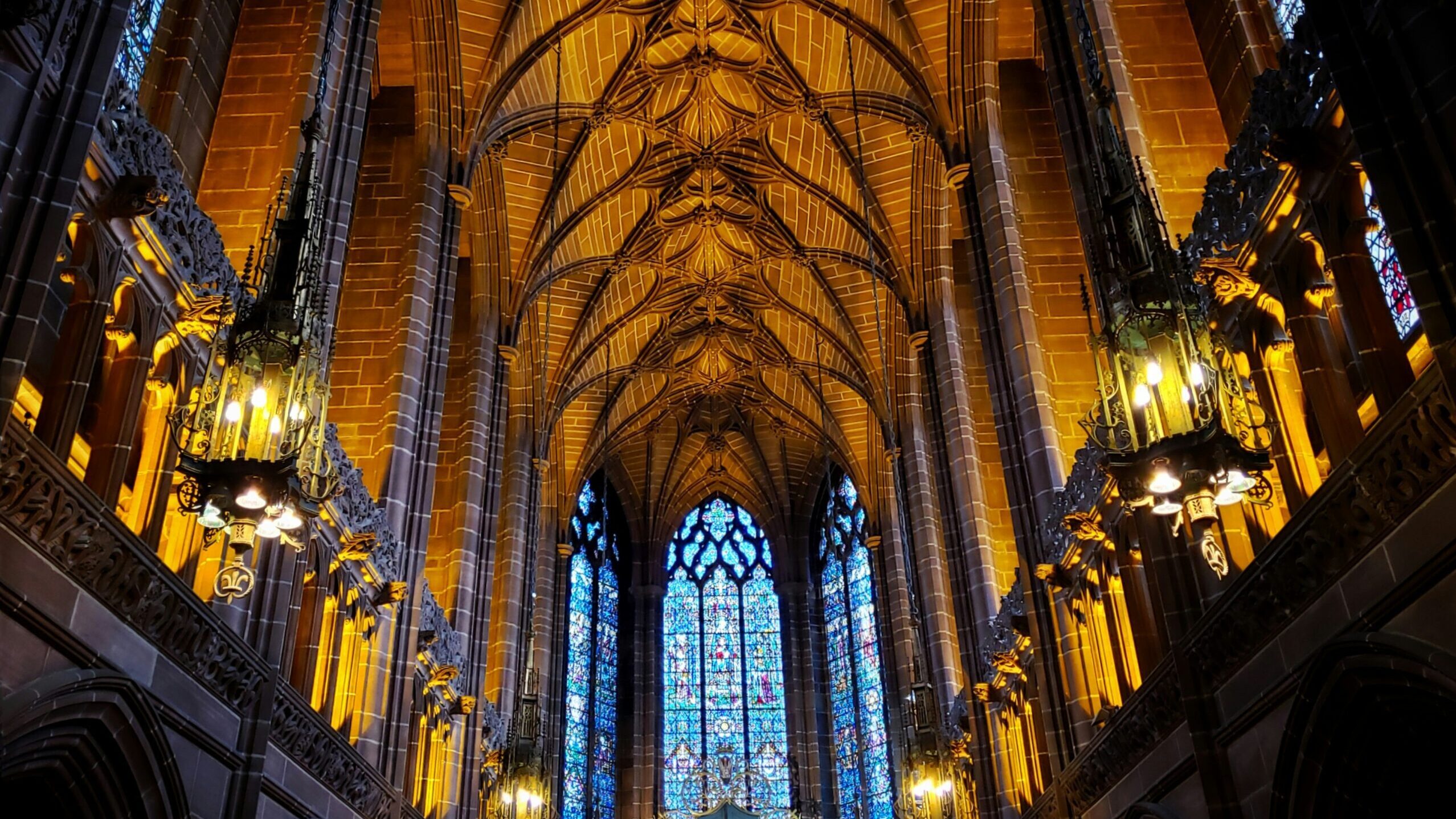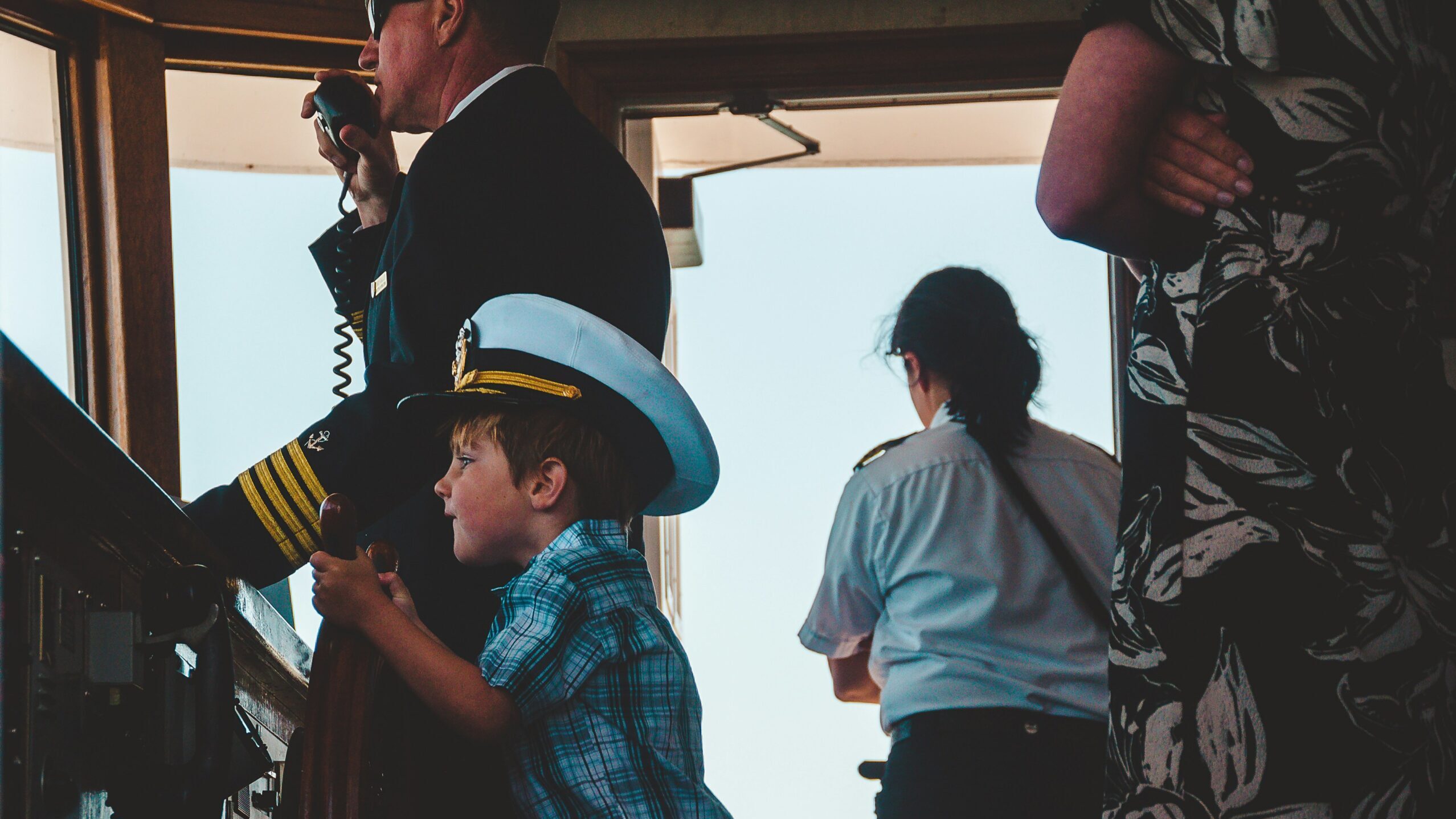By Simon Jones, Managing Director, Navigate
In a summer defined by higher expectations and tighter budgets, UK attractions face a familiar question with new urgency: how do you make a visit unforgettable and worth every penny?
After years of helping attractions navigate the complex digital landscape, from audience mapping to conversion optimisation, we’ve seen a significant rise in expectations and with it, a clear opportunity. Our clients excel at the start of the visitor journey, driving bookings through sophisticated digital strategies. However, many struggle with what comes next: translating that digital promise into an exceptional physical experience, where memories are truly made.
At Navigate, we understand the unique pressures facing attractions today. Visitor acquisition costs are rising, family discretionary spending is tightening, and competition isn't just other attractions; it's Netflix, gaming, and every other entertainment option. The stakes have never been higher for getting the entire visitor journey right.
That's why we love working with Complete Works, who have quietly revolutionised visitor welcome across the UK's most iconic institutions, from remote and remarkable distilleries, including The Macallan, Bowmore, and Laphroaig, to major museums, including the National Gallery, The National Portrait Gallery, The National Gallery of Scotland, and many Cathedrals. Their approach involves providing staffing or training front-of-house teams like theatre companies, turning customer service into a live performance that's strategic, brand-aligned, and emotionally intelligent.
Rather than simply raising smiles, they raise results: 175% to 500% uplifts in visitor donations, record-breaking membership sales, raising visitor satisfaction scores, and front-line teams that are energised rather than scripted.
I sat down with my good friend, George McLean from Complete Works, to explore how the marriage of digital precision and human connection is transforming the visitor experience.

The theatre of welcome
George McLean has spent nine years perfecting what he calls "flexible communication" - a theatrical approach that puts actors in uniforms throughout Britain's cultural institutions. "All of our staff are freelance actors who are not in costume; they're in uniform, and their purpose is to use their excellent and vitally flexible communication style because flexibility in communication gives you more power."
This isn't about grand performances. It's about reading the room with theatrical precision. "It's very rare that standing data or marketing creates the same warm feeling a human can, or the same connection that eye contact brings," George observes.
At Greenwich, Complete Works teams don't just direct foot traffic - they ensure tourists to the area actually experience the Cutty Sark or Royal Observatory, not just wander past them. The result, a significant uplift in ticket purchases.
Context is king
"People visit places for two reasons - restoration or inspiration." George explains by channelling Maya Angelou's wisdom that "people forget what you say, people forget what you do, but they'll never forget how you make them feel. - When somebody is getting one of those two things, whether that's staring at a painting of sunflowers or marvelling at a sleeping panda, do not interrupt it. That is when we're delivering our purpose."
It's a philosophy that challenges the conventional wisdom of striking while visitors are most engaged. "People think that's when visitors are at their most malleable," he notes. "No, that is when we're delivering our purpose."

From data to human connection
At Navigate, our reputation centres on turning data into strategic clarity, mapping detailed audience personas that help attractions understand their visitors. The challenge lies in translating those insights into frontline behaviour without creating robotic scripts.
In the digital space, we target the right message to the right audience at the right time; the same precision is needed in human touchpoints.
George emphasises that communication power lies in flexibility: "Your communication style is not your personality. The ability to flex your style to the person in front of you is vital. If you see me with my children, speak to my kids. Make them happy, and I'm putty in your hands.
"This real-time persona recognition goes beyond demographic data. "The best communicators are outrageously unapologetically themselves," George notes, "but deliver their message by flexing to the person in front of you - that's where the magic happens."

The expectation economy
Many families are visiting fewer attractions this summer, but expect more from each one. We're moving from quantity consumption to quality curation. Families aren't just choosing between attractions; they're choosing between creating memories and staying home with their Xbox.
This creates what we call the expectation economy, where disappointment costs more than the ticket price; it costs precious family time. When you have finite resources and infinite entertainment options, every decision becomes hyper-considered. This is where our partnership with Complete Works becomes essential. We design the desire, George delivers the delight

The precipice problem
One of Geoge’s most fascinating insights comes from working with cathedrals, dealing with "precipice visitors" - people who "walk to the precipice, poke their head in, would love to come in, but don't because of pre-existing context about what they think the place is."
The solution? Simple human intervention: "Getting visitor numbers up is about letting people know it is for them, they are welcome, regardless of your background and thoughts about religion."
There are places people think, that's not for me, that's for a certain type of person. Just because you assume people know it's for them, doesn't mean they do. This precipice problem extends far beyond religious venues; many cultural institutions inadvertently create barriers through assumptions about their audience.
Where attractions face an operational problem
Through our work with attractions across the UK, we've identified consistent challenges between digital excellence and operational delivery. The most common? Organisations that invest heavily in acquisition but underestimate the complexity of the on-site experience.
George is direct in saying: "If you look after your people, they look after your visitors. Culture destroys strategy. If the culture is bad, that has to be addressed first."
From our strategic perspective, we see attractions grow when they invest in three key areas: connecting digital and physical experiences seamlessly, elevating the sophistication of human touchpoints, and measuring the complete visitor journey from first click to final farewell.
"Not enough attractions zoom out and analyse themselves," George observes. "They rely on others to do it, rely on the internet. But since when do we trust the internet completely?"
This is exactly why Navigate's approach combines granular data analysis with strategic oversight, understanding not just who visits, but why they leave satisfied or disappointed.
The ownership paradox
Perhaps most intriguingly, George has identified what he calls "the problem of ownership" in free museums and galleries. When visitors develop deep emotional connections to institutions, changes can create unexpected friction. The solution isn't to resist this sense of ownership but to celebrate it.
The difference between "Welcome to this museum" and "Welcome home. So great to see you again. It's yours" might seem subtle, but George argues it's transformational. "In real time, welcoming these people home when they already feel like it is their home is so powerful. As opposed to rubbing against any friction, you lean into it and celebrate it."
The language we use in marketing campaigns and digital touchpoints needs to echo the welcome visitors receive on arrival. If your website promises community and belonging, but your front-of-house feels transactional, you've broken the psychological contract.

The memory business
The economics are stark, and we see this pattern repeatedly with our clients. Netflix, Disney, and Harry Potter spend millions on visitor experiences because when they nail it, they make more money. Get your website and marketing fantastic, but if you spend everything on that and nothing on the people delivering the experience, you won't get repeat visitors.
The mathematics of visitor experience are clear: long-term success comes not only from acquiring new customers through sophisticated digital marketing, but also from retaining them. We’ve seen that when retention works hand in hand with acquisition, attractions can achieve sustainable growth and far greater lifetime value from every visitor.
Get both elements right, and you create what George calls "batteries", human connections that charge both visitors and staff with energy no algorithm can replicate. At the same time, robust digital infrastructure ensures seamless discovery and booking.
This isn't just theory; it's the foundation of sustainable growth in the attractions sector.
The future is human
As Britain's cultural sector braces for an audience that's more selective and value-driven than ever, perhaps the answer isn't in new attractions or flashy apps, but in rediscovering something far older: the transformative power of human connection, delivered with theatrical precision and genuine care.
Both agencies see this moment as a turning point in the battle against digital distraction. George frames it viscerally: "We are essentially mosquitoes, and those bright lights draw us in and we're addicted to them. But now we know the damage that does, and we value away time from screens." For attractions, this represents a massive cultural opportunity to celebrate being the antidote to our screen-obsessed world.
After all, as George reminds us, there are only three certainties in life: death, taxes, and change. In a world of constant change, maybe what visitors really crave is something beautifully, reassuringly human.
Let’s talk
Ready to transform your visitor journey?
Fill out the form below, to start a conversation.